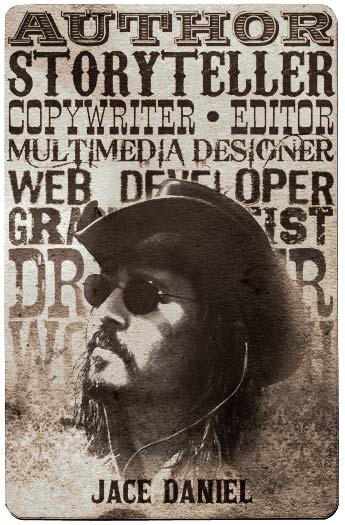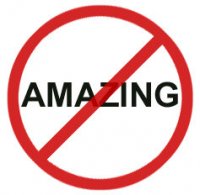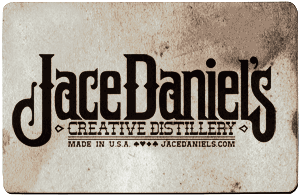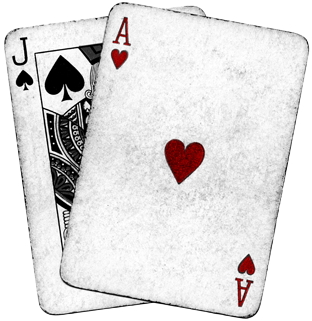I was just pondering all the English words we use for the definition of “path upon which travel occurs”, especially those used in proper names. Sunset Boulevard, Park Avenue, Main Street, and so forth. Nothing new; I’ve thought about this stuff since as far back as I can remember.
I could probably spend a weekend studying it, but here are a few thoughts off the top of my head. For the purpose of this analysis, I’ll leave out path and trail (in which case the former is ahead of you, the latter is behind you) as well as the larger routes that fall outside of this discussion: highway, freeway, expressway, thoroughfare, interstate, turnpike, etc.
OK, here goes. While there are blurry lines all over the place, with many pairs of these terms practically synonymous, I’m going by first thoughts and word associations. I’ll also list them in what I’d loosely consider to be a descending list, considering traffic. Totally up for debate, my initial thoughts:
Boulevard: Urban. High traffic, two-way flow, usually four lanes or more. Traffic signals, with sidewalks. Usually in a business district.
Avenue: Urban. High traffic, perhaps one-way flow. Usually two lanes or more. Traffic signals, with sidewalks. Business or residential.
Street: Urban. Paved when compared to “road”. May not have traffic signals. Business or residential.
Drive: Indicates scenery; a visually appealing route to travel. Can be one-way, two-way, urban, or rural.
Road: Need not be paved. Perhaps the oldest term in the bunch.
Lane: By definition, a single lane street or road. Be careful not to get into a head-on collision. Another oldie.
Way: Indicates a certain popularity or convenience in its utilization. Not necessarily high traffic, but well-traveled from one heavily populated location to another. Often through hills, perhaps requiring tunnels or other excavation work in order to construct. If studied, a way was often constructed as a solution, alternate or not.
Terrace: Suggests a vertical orientation that is relatively higher, as well as perhaps lower, than an adjacent one similar to it. Usually low traffic, but not necessarily.
Place: Indicates a destination, particularly residential, with minimum through traffic. Could be a cul-de-sac.
Circle: Exactly that figuratively, and perhaps even literally. Describes a design that considers one-way traffic flow. Ideally offers a way in and out without requiring a three-point turn. A cul-de-sac, if large enough, and especially with a centralized foliage area, could be considered a circle.
Court: Also a destination, with the added visual of the pavement itself. Bricks and tiles aren’t uncommon. A court could also be a circle, but is often on private property, particularly in a organized community. A glorified driveway for more than one residence or business.












But can you please explain why it is that we park in a driveway, and drive in a parkway.
Let me think about that one for a while.
Until then, what’s the difference between a caregiver and a caretaker?